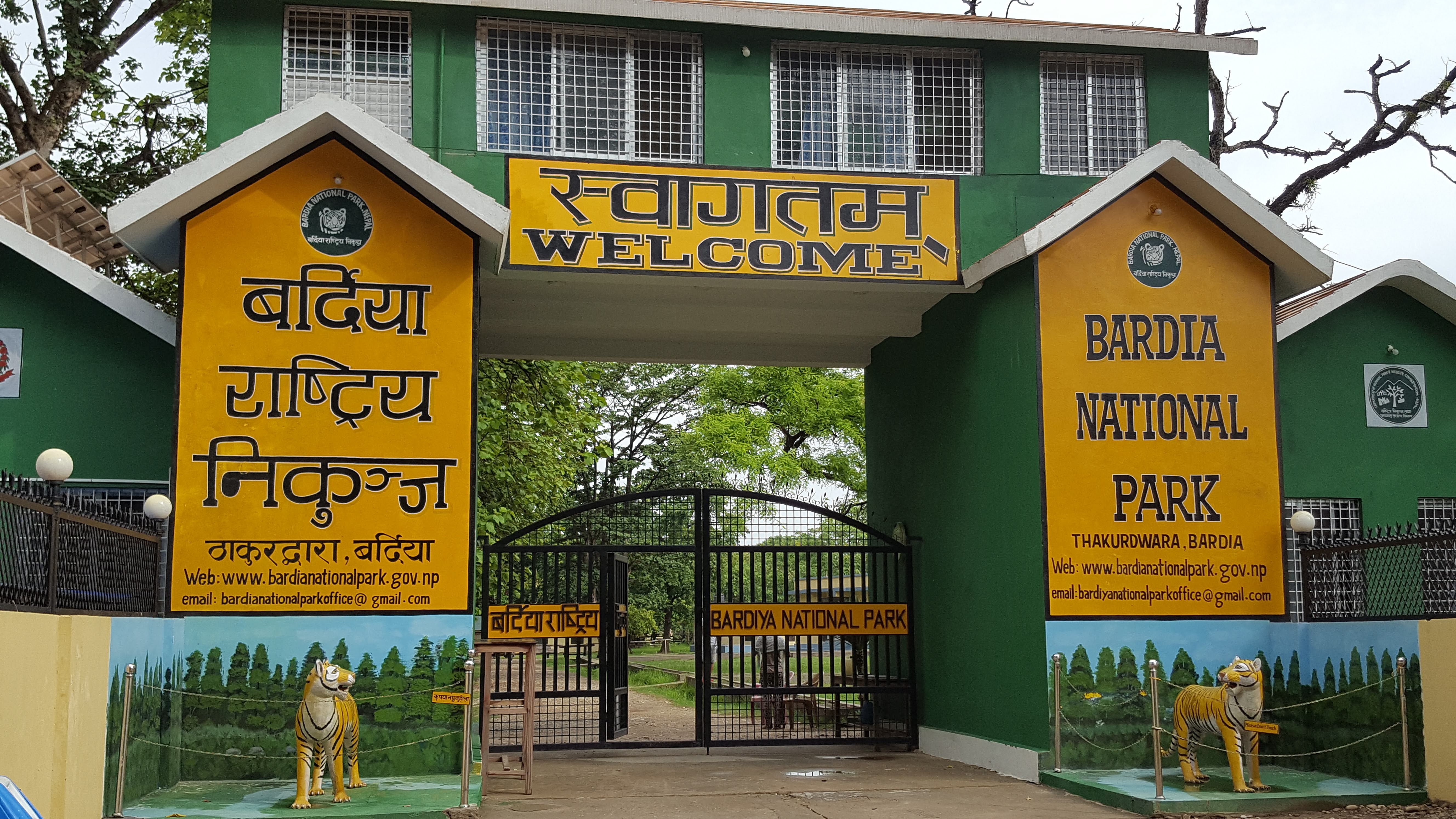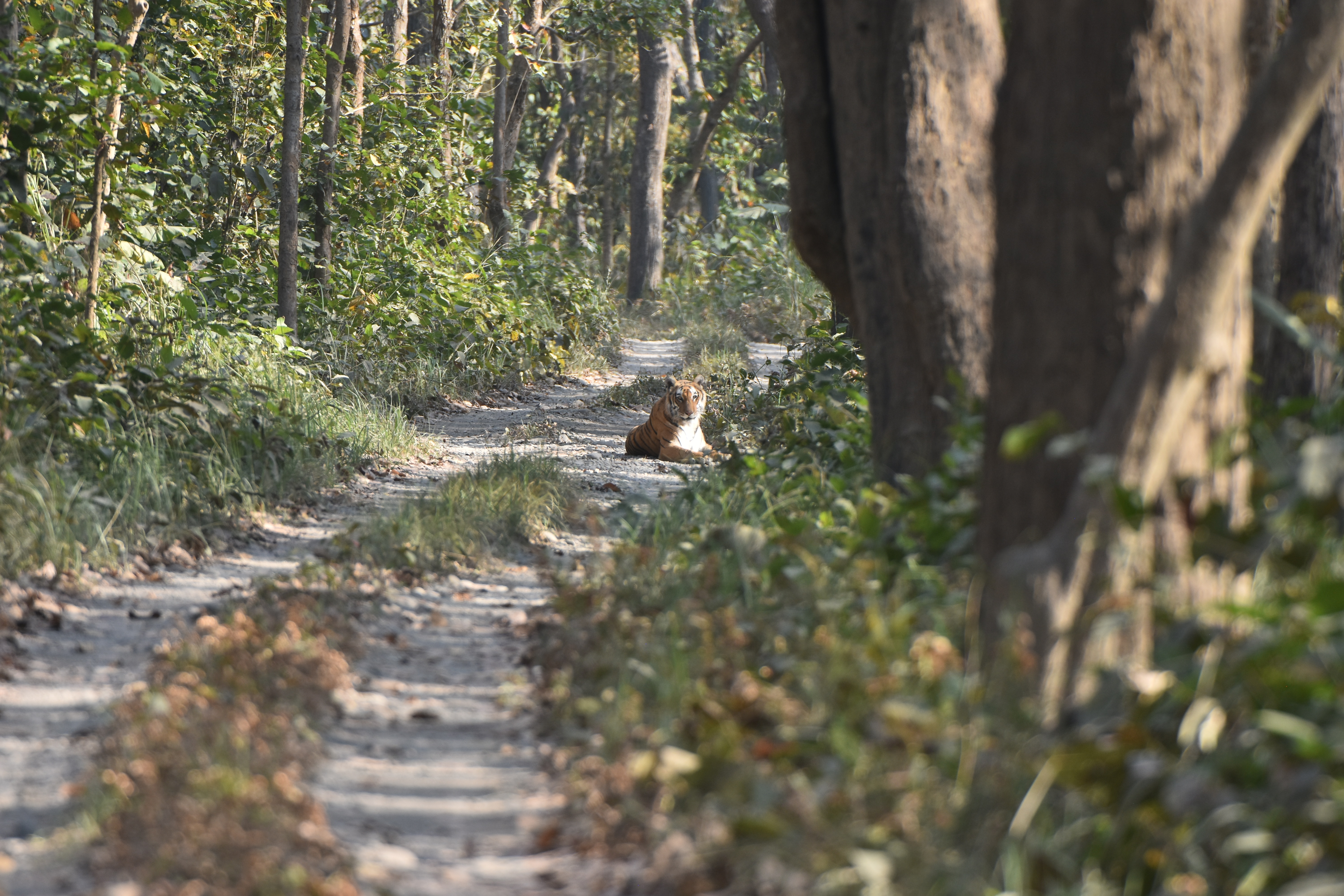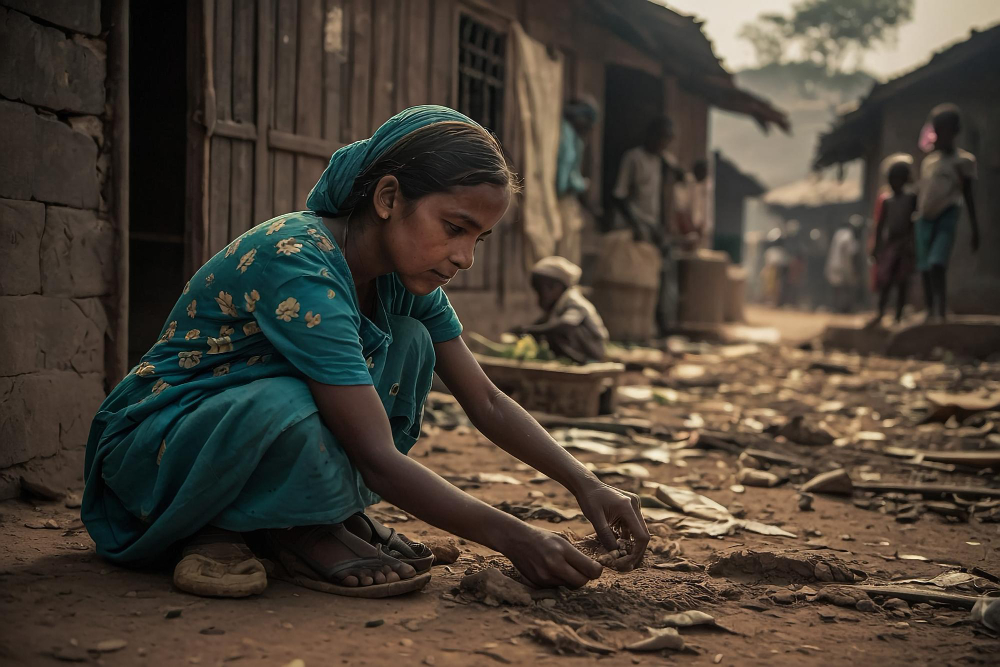Nepal’s growing tiger population has led to rising human-wildlife conflict, prompting community-driven and policy-backed efforts to foster coexistence in regions like Bardiya and Chitwan.

July 28, 2025
Kathmandu, Nepal

Royal Bengal Tiger on the forest path of Bardiya National Park. Courtesy: Bikash Karki
Nepal’s remarkable success in tiger conservation—nearly doubling its tiger population in just over a decade—has earned global acclaim. But with this achievement, a complex challenge has surfaced: increasing incidents of Human-Tiger Conflict (HTC). In districts such as Bardiya, Chitwan, and Parsa, where forests and farmland meet, tigers and people are increasingly crossing paths.
As encounters become more frequent and deadly, the need to move beyond reactive conflict responses toward sustainable coexistence has become a national priority. Insights from conservation experts, wildlife biologists, and recent government-backed research underscore an integrated path, one that secures both ecological balance and human safety.
The spike in Human-Tiger Conflict (HTC) in Nepal isn’t just a byproduct of more tigers. Fragmented habitats, expanding human settlements, and declining wild prey have all contributed to the rise in incidents. Nepal’s forest corridors, once robust and naturally regulated, are increasingly encroached upon by agriculture, settlements, and infrastructure. This has disrupted traditional tiger movement and territorial patterns.
Chiranjibi Prasad Pokhrel, Director at the National Trust for Nature Conservation (NTNC), explained that ecological pressures and territorial shifts are influencing tiger movement toward human settlements. He further explained, “Post-COVID, forest dependency has increased with people entering the forest for firewood, fodder, and seasonal collection of non-timber forest products. Vulnerable groups are frequently exposed, and this has increased the chances of encountering tigers.”
According to the 2022 ‘Status of Tigers and Prey in Nepal’ report, only 51% of the potential tiger habitat—approximately 18,928 square kilometers—is currently occupied. Tiger movement outside protected areas has become more common, particularly into buffer zones and corridors where human activity is high, added Pokhrel.
In the past six years, 68 fatalities have been recorded. In 2022 alone, 21 fatalities were recorded. The urgent need for understanding these root causes is clear. With more than 650,000 people living in buffer zones of tiger-bearing parks, the stakes are high.
Ecological imbalance also plays a crucial role. Pokhrel states, “Declining prey such as Sambar deer (Rusa Unicolor), Gaur (Indian Bison), and Nilgai (Blue Bull) push tigers closer to settlements in search of food. These prey declines are attributed to poaching, competition with livestock, and habitat degradation.”
Older or injured male tigers, those displaced from prime territory, are most likely to exhibit bold or desperate behavior and take risks, accounting for around 70% of tiger-human conflict incidents.
Tiger behavior in human-dominated landscapes is also influenced by landscape connectivity or lack thereof. The breakdown of safe corridors between habitats has forced tigers to cross through villages and farmland, often resulting in livestock killings, property damage, and even human fatalities.
Bardiya National Park (BNP) is home to around 125 to 130 tigers, one of the highest tiger densities in the country. Despite its growing population, the number of attacks on humans has remained relatively low, and the park has become a focal point for both tiger conservation and HTC mitigation.

Entrance to Bardia National Park. Credits: Flickr/ The Advocacy Project
Bishow Babu Shrestha, Senior Conservation Officer of BNP, attributes this to the Park’s plentiful prey base and proactive conservation efforts. “Compared to other regions, we have seen less conflict in Bardiya, largely because wild prey like Spotted Deer and Swamp Deer (Barasingha) are still abundant,” he explained.
The coexistence model here draws heavily on strengthening natural prey availability, reducing anthropogenic pressure, and increasing spatial awareness of both tigers and communities.
Shrestha states that the park has introduced several community-centered interventions to manage conflict. These range from early warning systems and Reinforced Cement Concrete (RCC) walls to mesh fencing, community outreach programs, and regular monitoring of tiger movement using camera traps. Over the past few years, trained youth groups have been mobilized as first responders. These youth not only respond to incidents but also play an important role in educating households on safety practices.
Having said that, as observed by both field researchers and local communities, tigers generally avoid humans unless provoked or threatened, said Pokhrel.
“Most attacks happen when they feel threatened, especially if someone unknowingly approaches within five to 10 meters. The cases occur when people are out collecting forest products or walking near dense vegetation during early morning or evening hours.”
While tiger attacks are fewer in Bardiya, elephant-related conflicts have been increasing, Shrestha describes. Migrating elephant herds follow traditional routes that now intersect with human settlements, creating seasonal risk. Leopards, too, pose significant threats to livestock in the area, often venturing into villages for easy prey. In some parts of the park, leopard attacks have surpassed tiger-related incidents in terms of both frequency and livestock loss.
The experience in Bardiya shows that sustainable coexistence depends not just on emergency response but also on proactive habitat and community management.
Even with its successes, challenges remain, especially in ensuring quick compensation, infrastructure development, and consistent inter-agency coordination.
Moving toward long-term coexistence in Nepal requires cohesive efforts from the local to the national level. Pokhrel emphasizes that coexistence is both an ecological and governance challenge—demanding aligned systems, not siloed interventions.
At the local level, communities need to be empowered with knowledge, tools, and economic alternatives. Awareness campaigns led by youth and grounded in local culture have proven effective. Strengthening institutions like Community-Based Anti-Poaching Units, supporting participatory land-use planning, and incentivizing conservation stewardship can create lasting resilience.
Buffer zone communities have taken proactive roles in monitoring and rapid response. Predator-proof livestock corrals and trained youth teams have helped reduce livestock depredation and human injury. Community-based patrolling, when paired with digital surveillance tools, enhances early detection and risk mitigation. Interventions like tiger corridor restoration and habitat enrichment, particularly in Parsa and Banke, are also underway.
Apart from these, livelihood diversification, such as promoting turmeric farming or forest-based enterprises, also reduces dependency on forest resources, making daily life safer for families living near tiger habitats.
Meanwhile, at the national level, strategic frameworks are already in motion. The Managing the Human-Tiger Interface in Nepal (GEF8) Environmental and Social Management Framework emphasizes landscape-level conservation and habitat restoration, integration of HTC mitigation into federal, provincial, and local planning. It supports landscape-level conservation, climate-resilient habitat management, capacity-building for park and law enforcement officials, and relief systems backed by real-time data.
Technology can also play a transformative role. From drones and GPS collars to digital databases for tracking compensation and tiger movement, smarter tools enable faster, safer, and more efficient conflict response. These systems are being piloted in key parks and offer promising potential for nationwide scaling.

Captions: Close-up of a Royal Bengal Tiger with a tracking collar in the water. Credits: Wikimedia Commons/ PR Ganapathy
Experts have called for a centralized wildlife conflict response dashboard that links park authorities, municipalities, and local community responders for quicker decision-making.
The report also stresses the need for equity and inclusion. Women, Dalits, Tharu, and other marginalized groups living near forests must be involved–not just as beneficiaries but as co-implementers. In practice, this means accessible grievance mechanisms, transparent compensation processes, and inclusive conservation roles.
Consultations during the GEF8 project design highlighted specific community needs: better veterinary care for captured tigers, employment opportunities, and more predictable access to compensation funds. Women-led community savings groups and enterprises have also shown promise in building long-term resilience.
Compensation remains another critical deciding factor. NTNC provides immediate support of up to NRs. 50,000 for conflict victims, while the government offers compensation up to NRs. one million. However, many community members note that processing these claims remains difficult, pointing to the need for digital, real-time systems to file reports and track follow-ups.
“We need sustained financing and strong governance to support these systems,” said Pokhrel. “And most importantly, policies should evolve based on field realities, not just on national targets.”
Ensuring long-term coexistence means building systems that are inclusive, timely, and adaptable.
Human-tiger coexistence in Nepal is not a distant vision—it is already in motion. The road to this future is complex, but filled with possibilities. Nepal has shown the world what determination and collaboration can achieve through its tiger population recovery. The next step is to protect both wildlife and people in tandem.
Coexistence calls for more than just preventing conflict; it requires mutual adaptation. Tigers must have safe, sufficient habitats. Communities must have secure livelihoods and access to support when things go wrong. Bridging this gap demands trust, inclusion, and consistent action.

A Royal Bengal Tiger lying down on a dirt path in the Bardiya National Park forest, partially hidden by the surrounding trees and undergrowth. Courtesy: Bikash Karki
Lessons from Bardiya National Park show what is possible when ecological, institutional, and community factors align toward a common goal. Nepal’s national conservation narrative is shifting—from protection at all costs to coexistence through shared responsibility.
With alignment of data, community wisdom, and evidence-driven policy, Nepal can become a model for human-wildlife harmony in the 21st century. The challenge now is not whether coexistence is possible, but how quickly it can become the norm—and how many lives and ecosystems can be protected along the way.

By sharing valuable information and sparking inspiration, we aim to foster growth, innovation and brighter opportunities for future generations.
Contact us